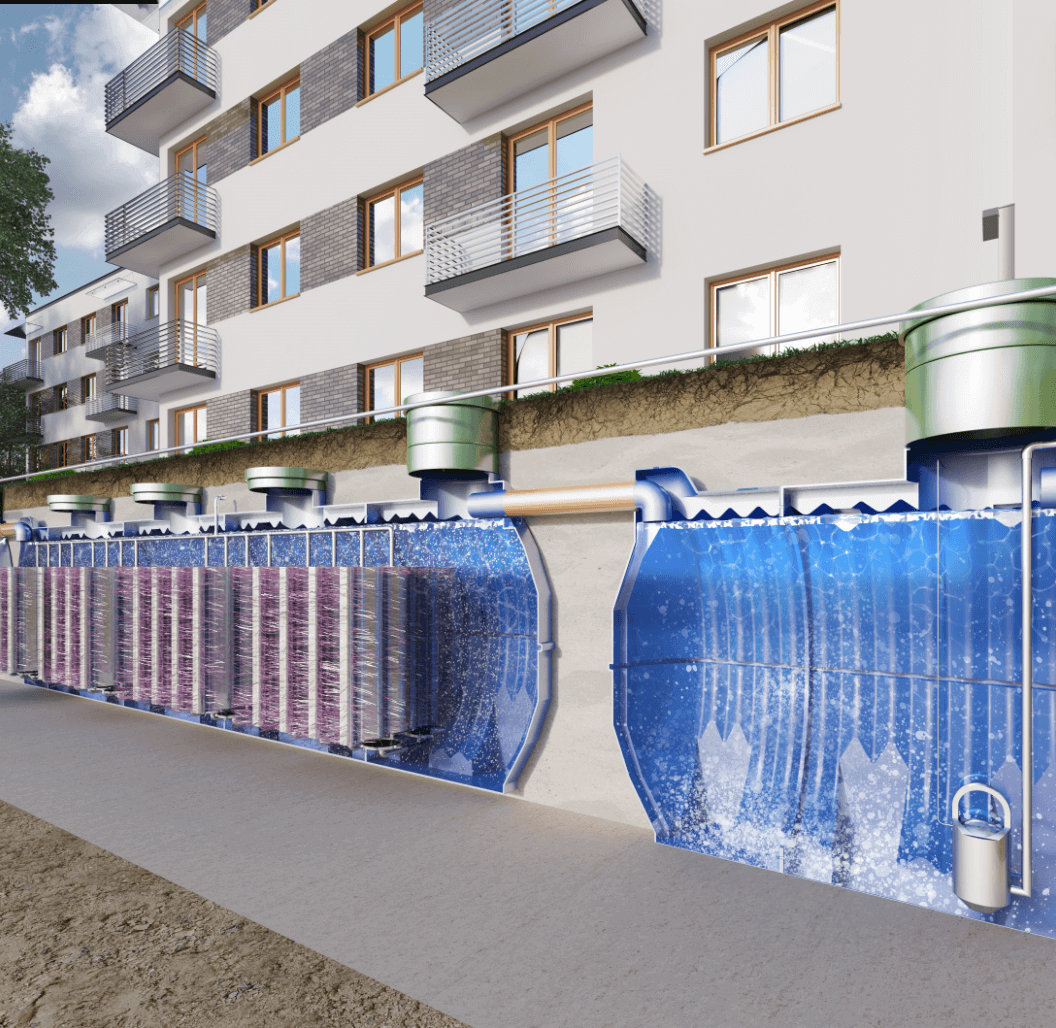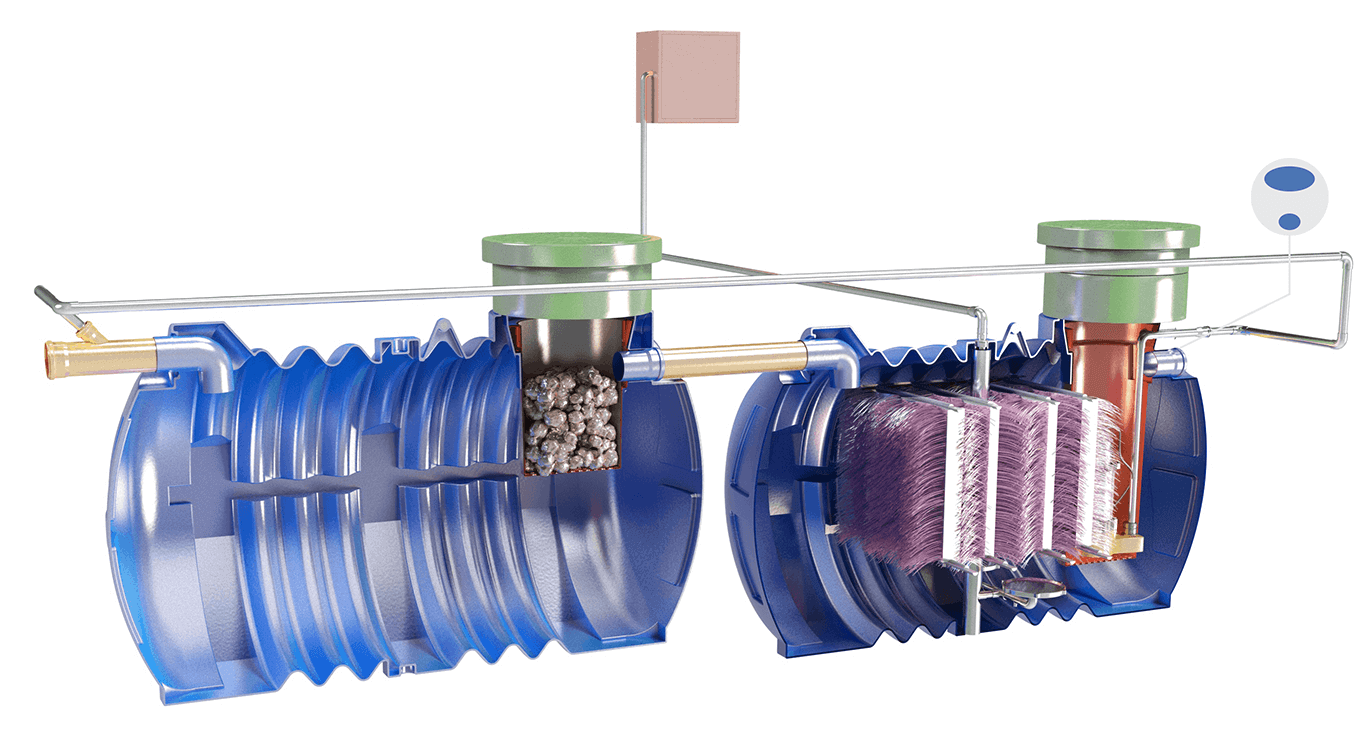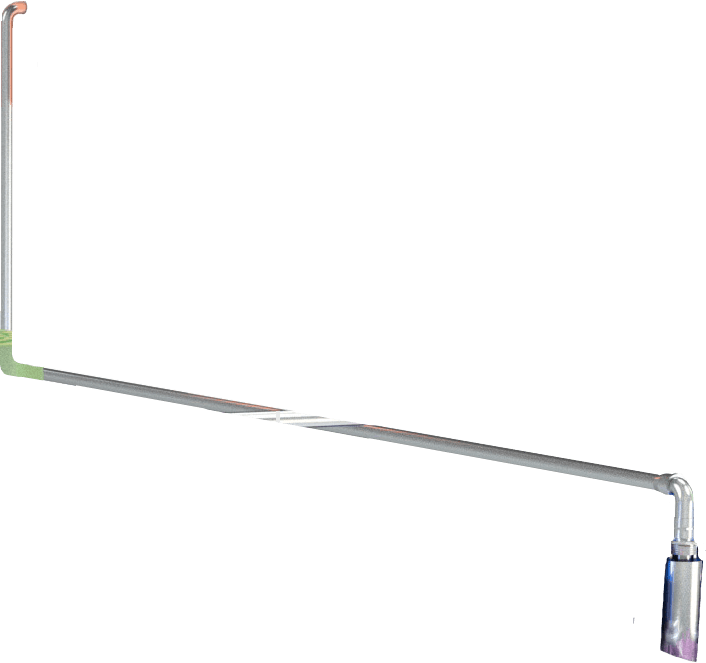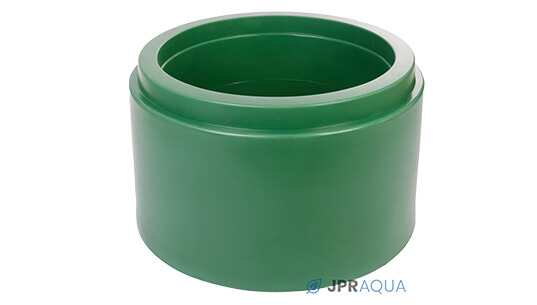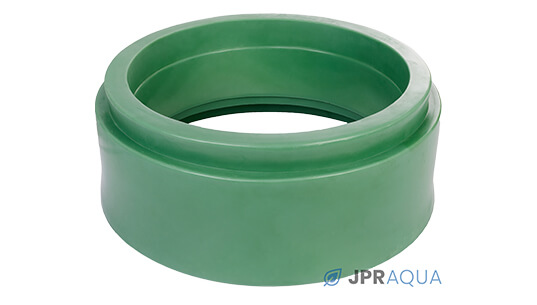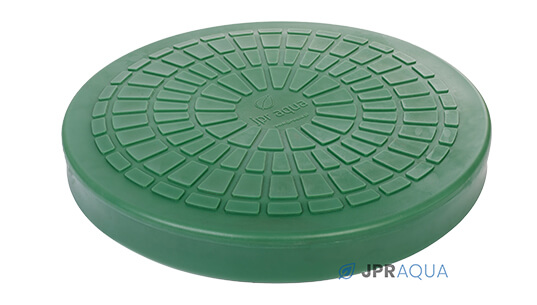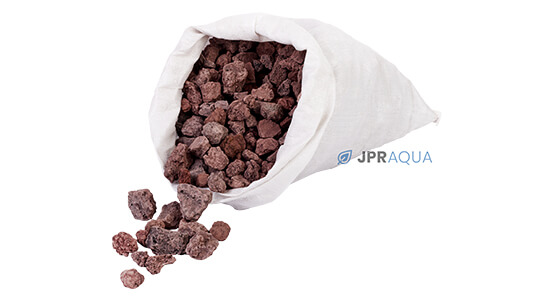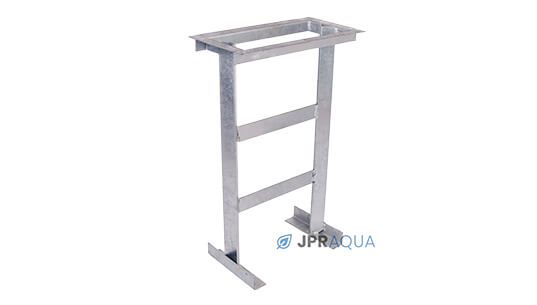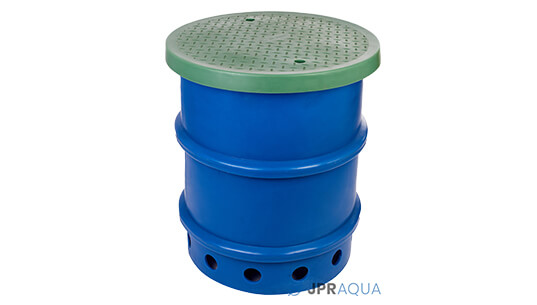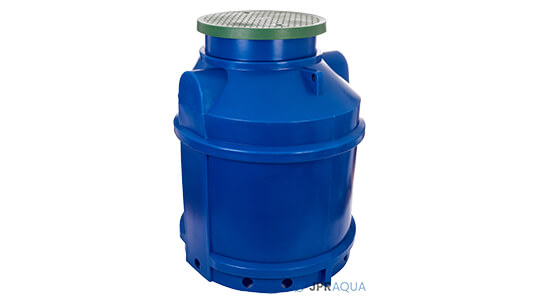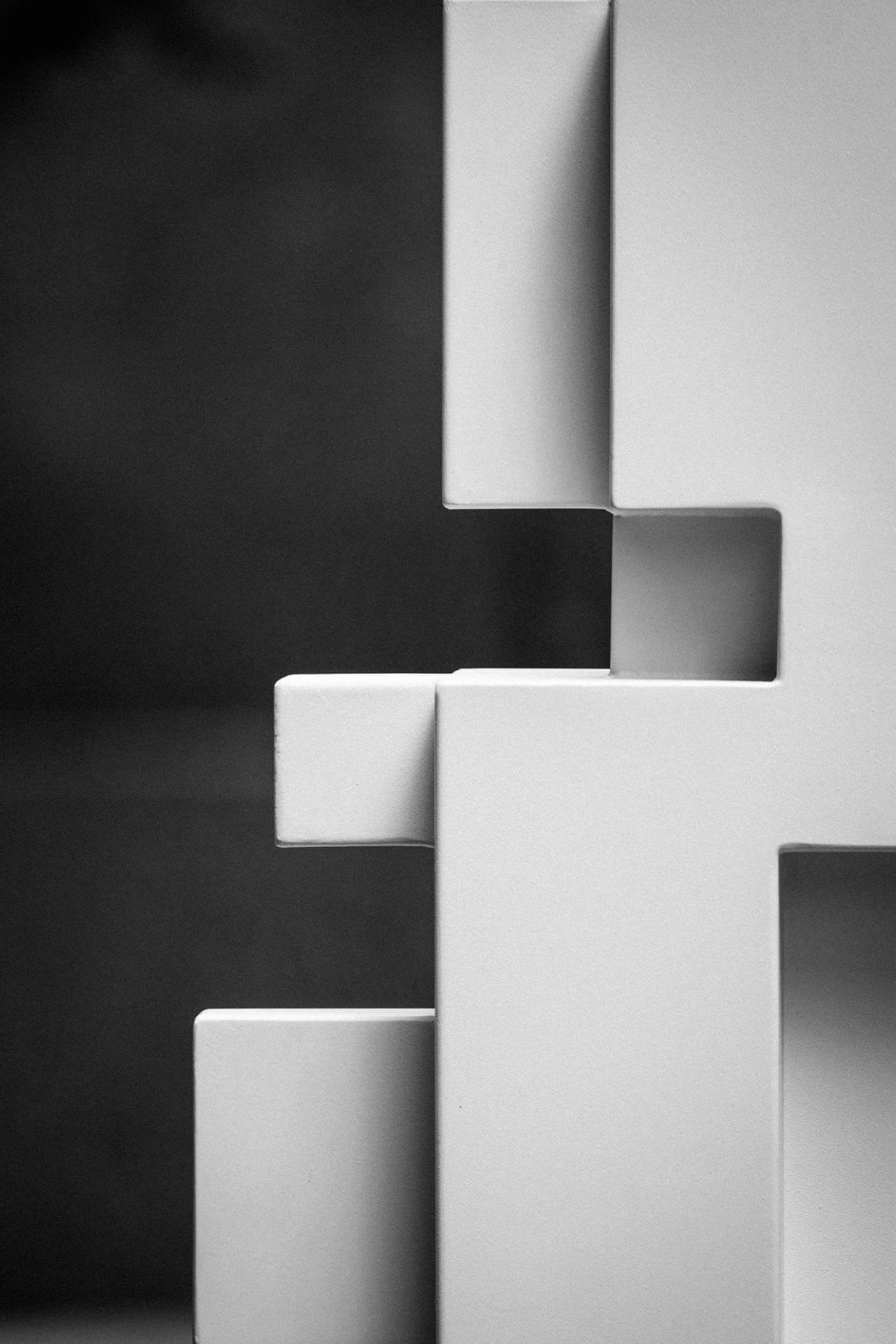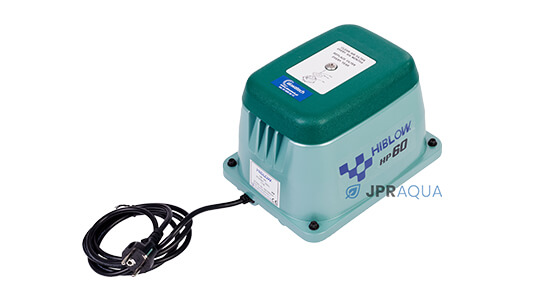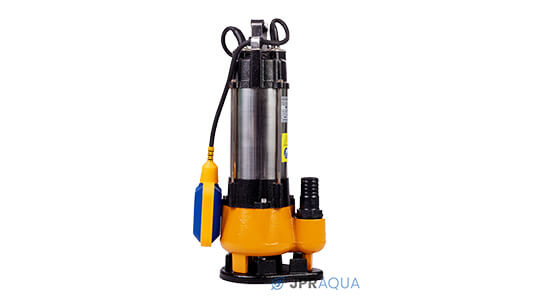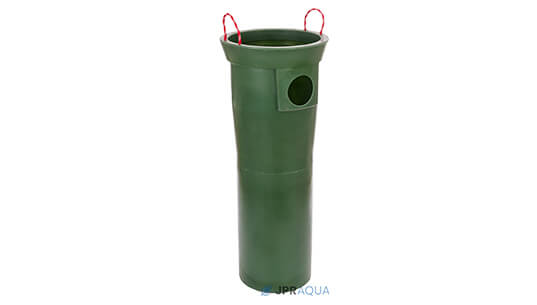Domestic sewage treatment in a household biological treatment plant takes place in two successive stages:
- primary treatment (anaerobic) in the Family septic tank
- secondary treatment (aerobic bacteria) in the FIL D’EAU biological bed
STAGE I – preliminary-treatment – Family septic tank
The preliminary treatment of domestic sewage takes place in a septic tank. Impurities enter the tank through the inlet pipe which slows down the flow and minimizes the turbulence of flotation substances and mineral and organic deposits (deflector). The particles floating in the sewage fall to the bottom and form sludge which undergoes a slow process of anaerobic digestion. On the surface of the sewage in the septic tank, the so-called “scum” is formed, which is foam created during the fermentation process from various substances contained in the sewage. The particles of impurities are decomposed into water-soluble substances and those insoluble mineral substances which remain at the bottom of the tank. For the fermentation process to be effective, it must take at least 3 days and it is therefore essential to select the appropriate capacity of the vessel depending on the population equivalent and therefore the amount of sewage to be treated. The pre-treated sewage flows additionally through the filter for further treatment (stage II). The additional filter in question is a basket filled with stone – puzzolana, which retains suspended solids and fats and, thanks to its specific properties, reacts with Ca(OH)2 to form silicates and aluminosilicates, which allows phosphorus to be removed from the sewage.
Due to the principle of operation, and also due to the method of selecting the appropriate volume of the device depending on the number of users, it should be emphasised that the treatment plant should not be fed with, among other things, rainwater and drainage water, large quantities of poorly contaminated water from other sources – swimming pools, barrels (their quantity fluctuates, sometimes it is very large, therefore it would adversely affect the expected results of treatment), rinses from water softener filters (washings with salt and its solutions), substances of industrial character: oils, greases, paints, solvents, varnishes, condensates from furnaces (the condensate should be discharged into the outflow of the treatment plant), fats in large quantities.
